Yoga For Beginners
If you’re new to yoga, you may be curious about where to start and how to navigate this ancient practice. Yoga is a transformative journey that offers numerous physical, mental, and emotional benefits. Here are some essential yoga basics for beginners to help you embark on your path to well-being:
By incorporating these yoga basics into your routine, you can lay a strong foundation for a fulfilling and transformative yoga practice. Embrace the journey, embrace yourself, and enjoy the profound benefits that yoga can bring to your life.
Yoga for Beginners At Home
If you’re looking to start your yoga practice from the comfort of your own home, look no further than this beginner’s guide to yoga. With the right resources and dedication, practicing yoga at home can be a fulfilling and rewarding experience.
One of the biggest advantages of practicing yoga at home is the convenience and flexibility it offers. You can choose to practice at any time that fits your schedule, without the need to commute to a studio. This makes it easier to establish a consistent practice and reap the many benefits of yoga, such as improved flexibility, strength, and overall well-being.
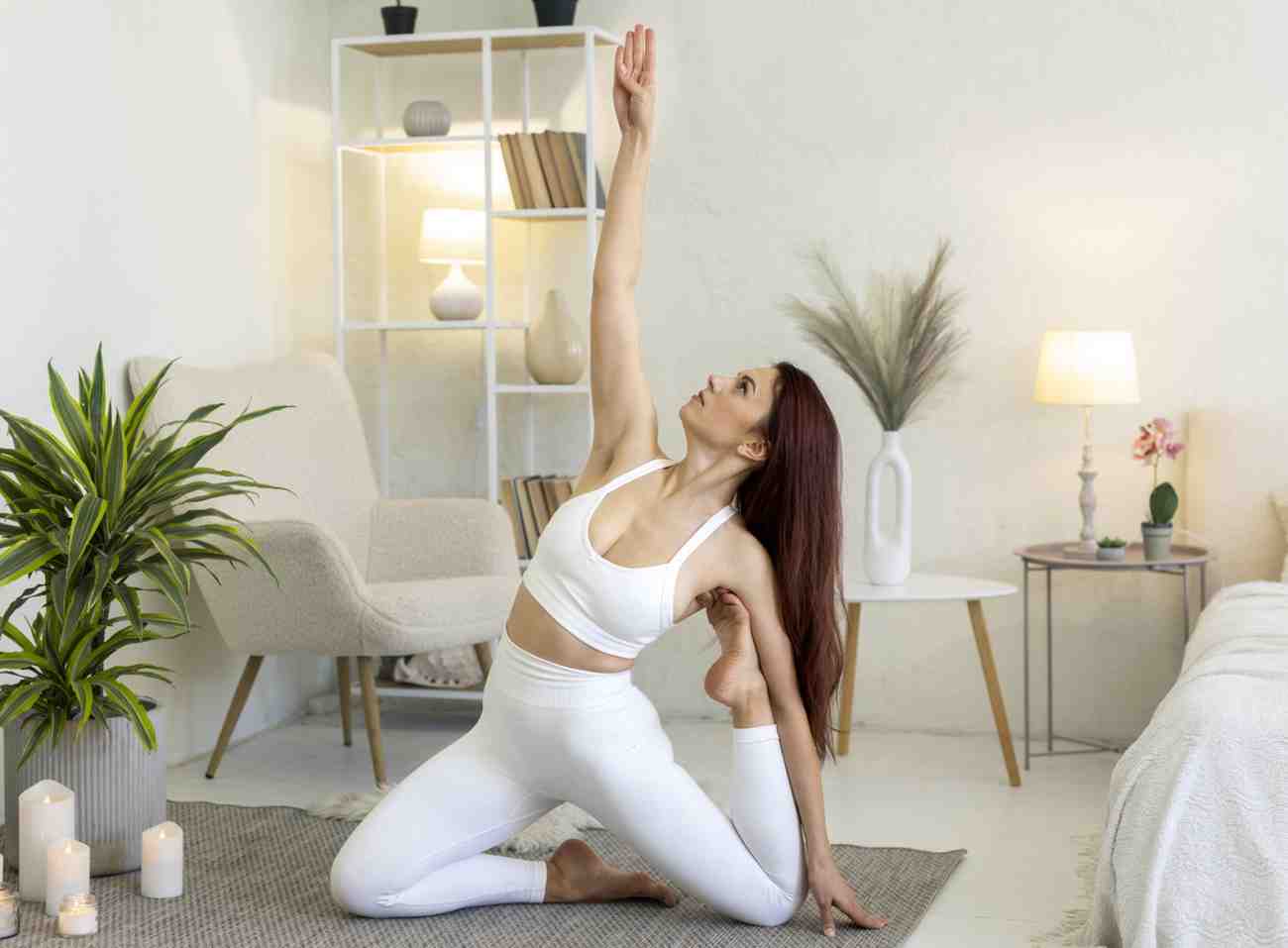
What is Yoga?
Yoga is not just a physical exercise, it is a spiritual practice that combines physical postures, breathing techniques, and meditation to improve overall well-being. This ancient practice originated in India over 5,000 years ago and has since spread worldwide, gaining popularity for its numerous health benefits.
Yoga is a holistic approach to health, focusing on the mind, body, and spirit. It is known to reduce stress, improve flexibility, increase strength, and promote relaxation. By practicing yoga regularly, individuals can achieve a sense of balance and harmony within themselves.
There are many different styles of yoga, each with its unique focus and benefits. From the dynamic and fast-paced Vinyasa to the gentle and restorative Yin, there is a style of yoga for everyone, regardless of age or fitness level.
Is Yoga right for you?
Yoga is a practice that can benefit individuals of all ages and fitness levels. Whether you are a seasoned athlete looking to improve flexibility and prevent injuries, or a beginner seeking stress relief and mental clarity, yoga offers something for everyone.
One of the great things about yoga is its adaptability. With various styles ranging from gentle restorative yoga to vigorous power yoga, there is a practice to suit every individual’s needs and preferences. In addition, yoga can be easily modified to accommodate physical limitations or injuries, making it an accessible form of exercise for nearly anyone.
Asanas for Beginners
Mountain Pose (Tadasana)
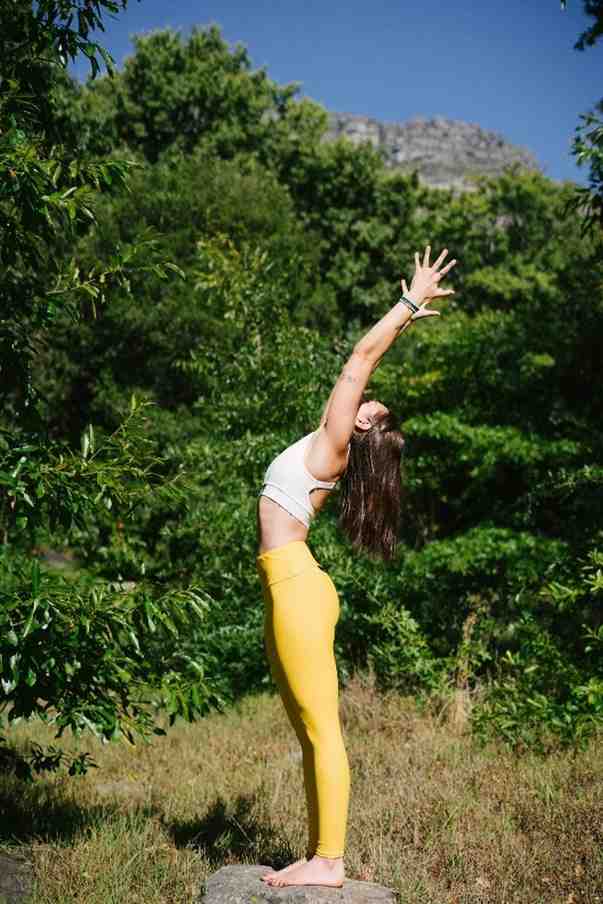
Stand tall with feet hip-width apart, grounding through all four corners of your feet. Lengthen your spine, relax your shoulders, and engage your core. This pose helps improve posture, balance, and body awareness.
Child’s Pose (Balasana)
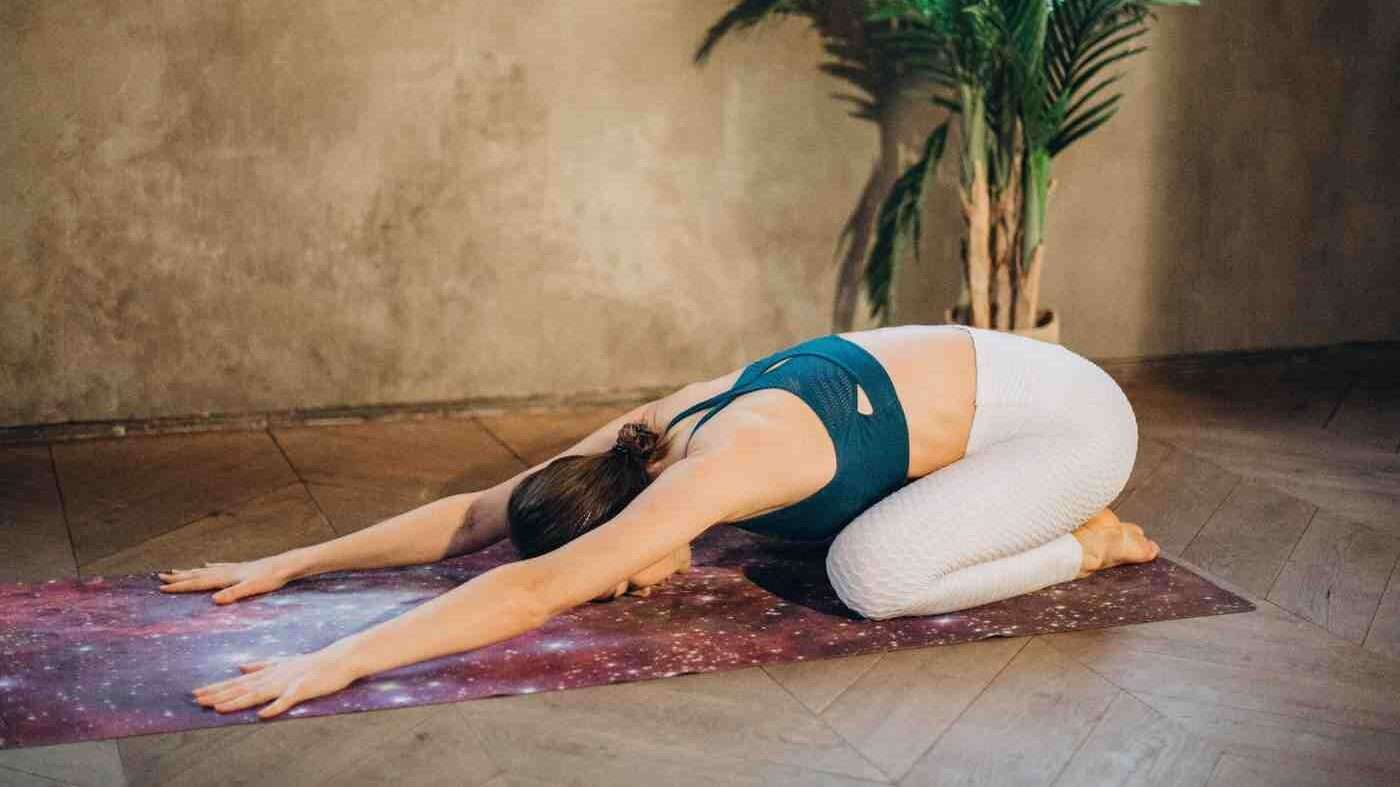
Kneel on the mat, touch your big toes together, and sit on your heels. Exhale as you lower your torso between your thighs, resting your forehead on the mat. This pose promotes relaxation, releases tension in the back, and calms the mind.
Downward Facing Dog (Adho Mukha Svanasana)

Start on your hands and knees, aligning your wrists under your shoulders and knees under your hips. Lift your knees off the mat, straightening your legs and pressing your heels towards the floor. This pose stretches the entire body, strengthens the arms and legs, and energizes the mind.
Warrior II (Virabhadrasana II)
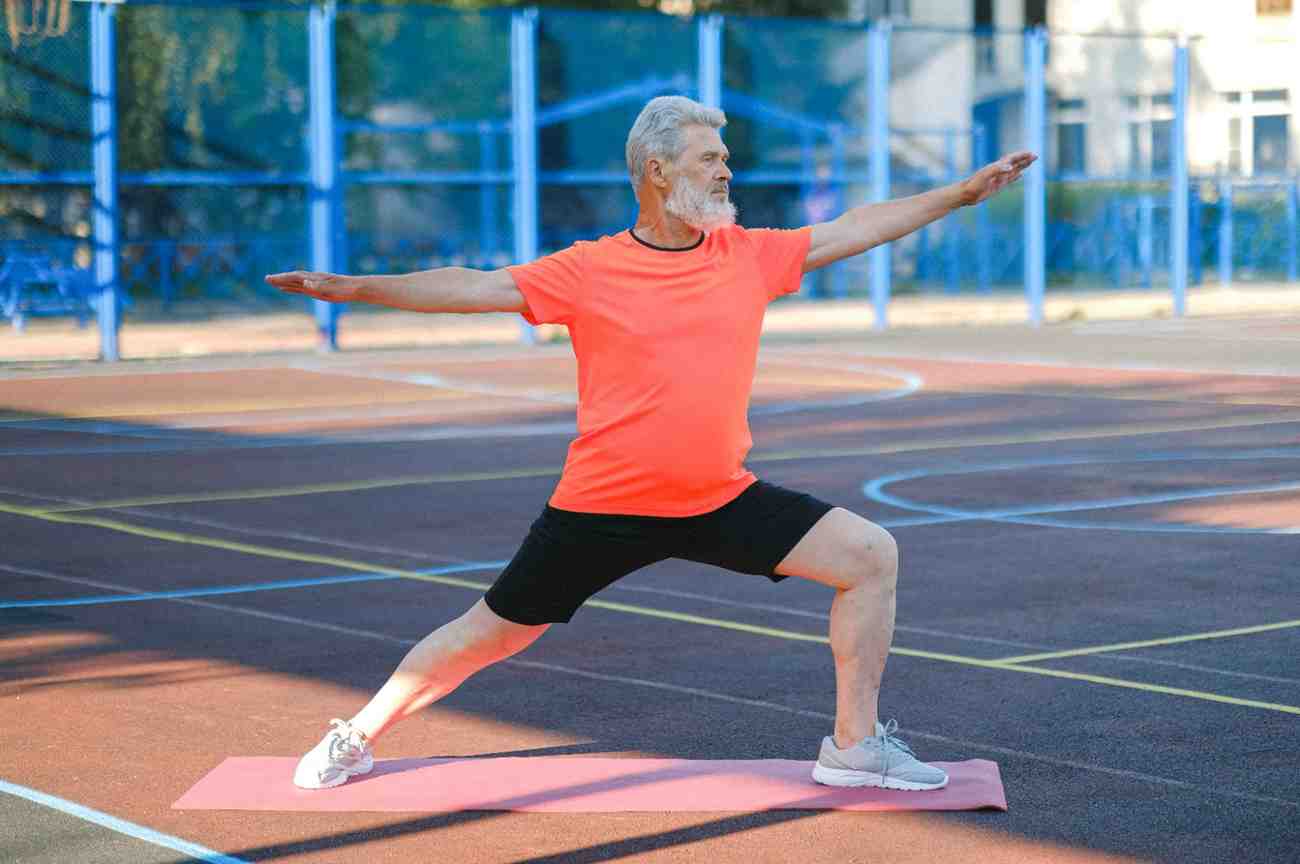
Step your feet wide apart, aligning your heels. Turn your right foot out and bend your right knee, keeping it directly over your ankle. Extend your arms out to the sides and gaze over your right fingertips. This pose strengthens the legs, improves balance, and promotes focus and determination.
Bridge Pose (Setu Bandhasana)
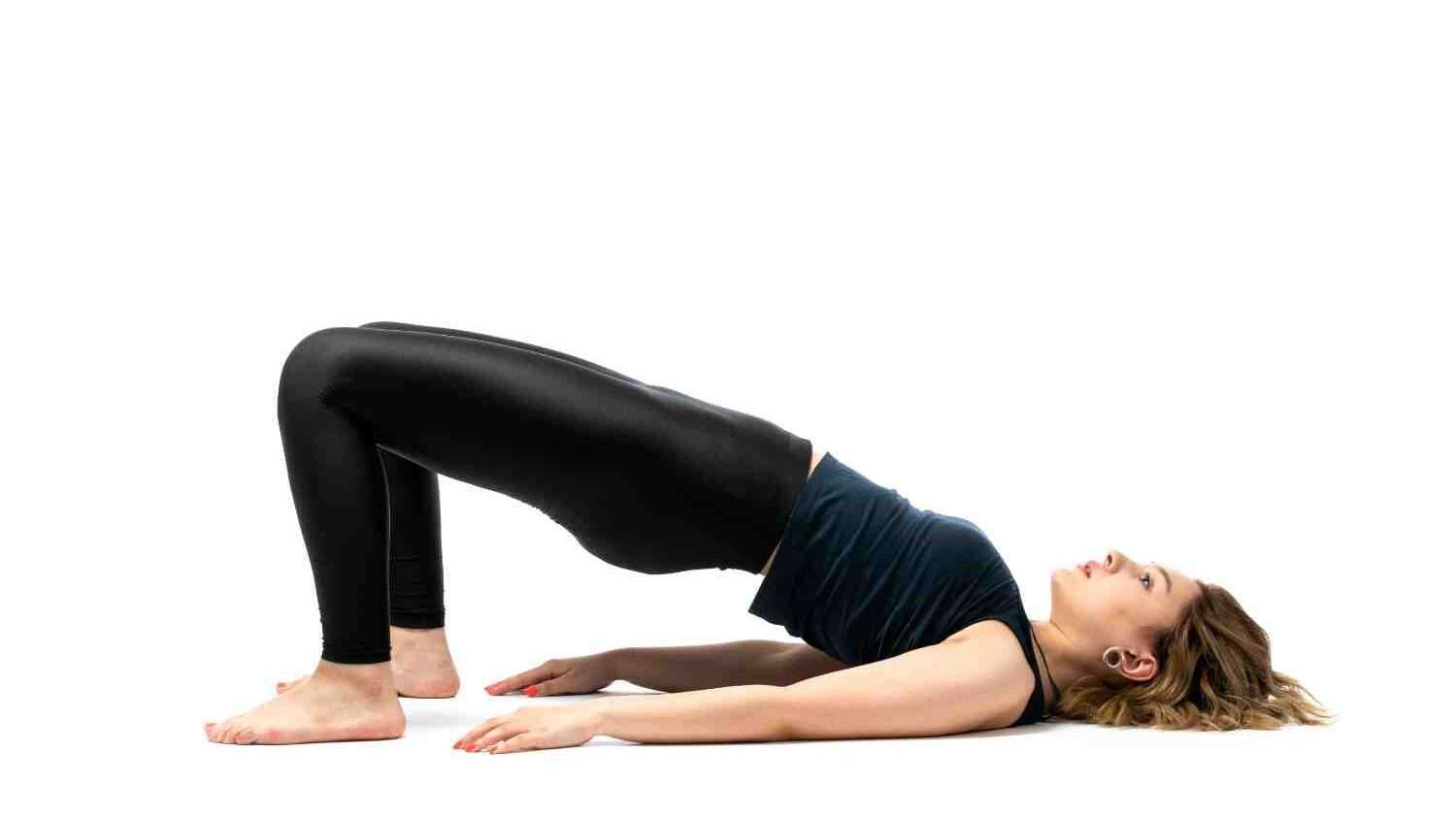
Lie on your back with knees bent and feet hip-width apart. Press your feet into the mat as you lift your hips off the ground, keeping your thighs parallel. Interlace your fingers under your back and press your shoulders into the mat. This pose strengthens the back, opens the chest, and energizes the body.
Tree Pose (Vrikshasana)
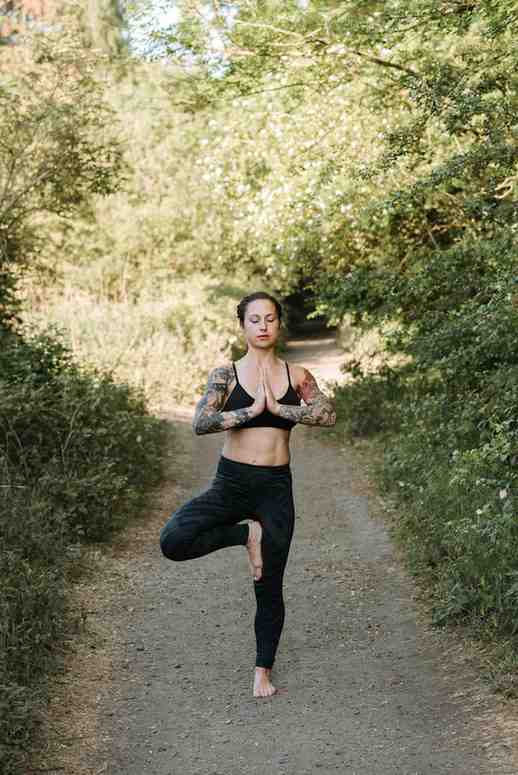
Stand tall with feet together. Shift your weight onto your left foot and place the sole of your right foot on your inner left thigh or calf, avoiding the knee joint. Bring your hands to your heart center or extend them overhead. This pose improves balance, focus, and stability.
Corpse Pose (Savasana)
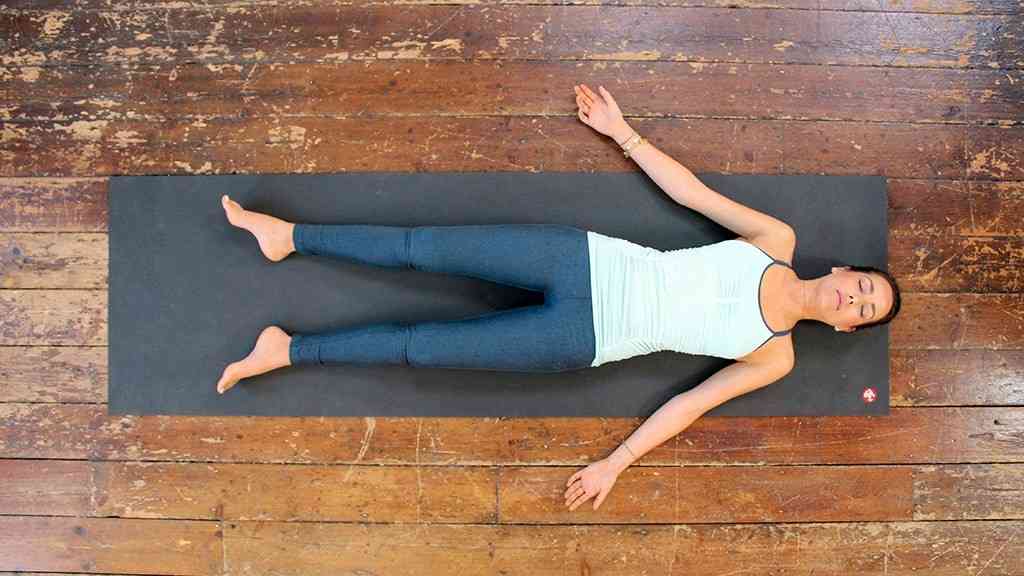
Lie flat on your back with legs extended and arms relaxed by your sides, palms facing up. Close your eyes and allow your body to fully relax. This pose promotes deep relaxation, relieves stress, and rejuvenates the body and mind.
Remember to always listen to your body and modify the poses as needed. As a beginner, it’s important to approach these poses with patience and respect for your own limitations. Gradually build your practice and enjoy the journey of discovering the benefits of yoga.
